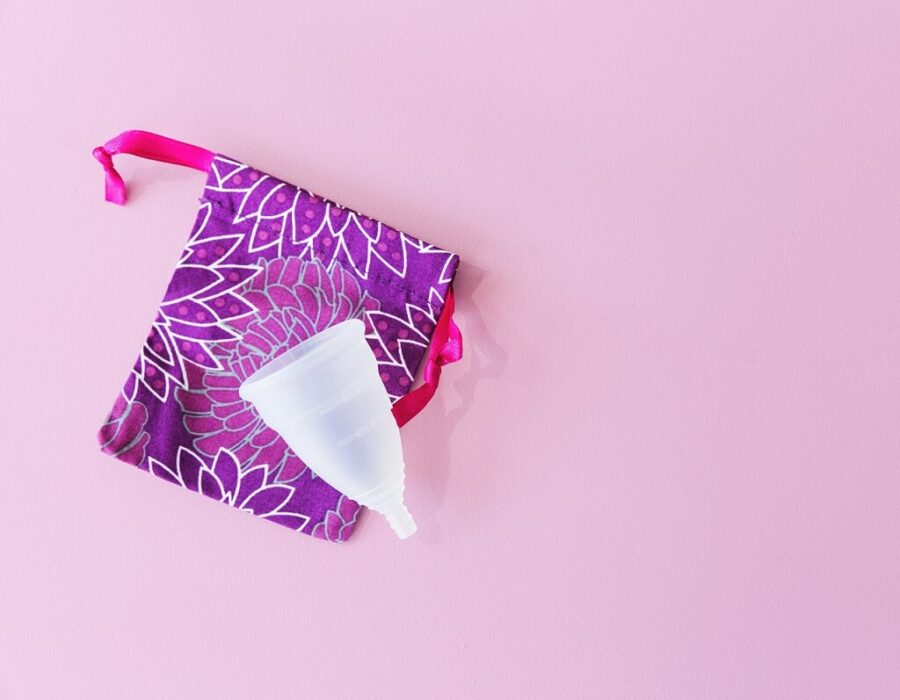The menstrual cycle, often referred to as “that time of the month,” is a natural and beautifully intricate process that women’s bodies undergo each month. It’s a testament to the complexity and resilience of the female body. While the topic of menstruation can sometimes be met with discomfort or even aversion, it’s a fundamental part of our lives. In this comprehensive guide, we’ll explore the world of menstrual cups, a revolutionary and eco-conscious solution that has gained popularity for good reason.’
Table of Contents
Menstruation: A Beautiful Process
The menstrual cycle (or period) is the hormonal process a women’s body goes through each month. Periods are a beautiful thing that can happen to women. Sometimes we feel disgusting about it, but whenever we missed it we women go crazy.
However, when it comes to managing this process, one crucial question arises:
Which hygiene product you use during periods “pads, tampons, or menstrual cups”?
Menstrual Cups: The Game Changer
When it comes to menstrual hygiene products, I highly recommend considering a menstrual cup, also know as period cup or sanitary cup. These cups are small, flexible, bell-shaped cups that are made of silicone or latex rubber. It come in two main types:
- Disposable menstrual cup
- Reusable menstrual cup
The beauty of a menstrual cup lies in its capacity to hold more blood than tampons and pads, along with that you can use for up to 12 hours. It’s not just a convenience; it’s an eco-conscious choice.
How to Use a Menstrual Cup
For first-time users, understanding how to use a menstrual cup can be a bit intimidating. Here’s a step-by-step guide:
1) Getting to Know Your Body
Before using a menstrual cup for the first time, there are some key things to know about your body. You should consider consulting with your gynecologist as you needs to know your cervix length and vaginal muscle strength, and determine which size of cup is best for you.
2) Choosing the Right Menstrual Cup Size
Selecting the right size of menstrual cup is essential for comfort and effectiveness. Here are some general guidelines to help you choose the correct size:
If you are under 30 years old and have not delivered vaginally, a small-sized cup is often recommended.
If you are over 30 years old or have delivered vaginally, a larger cup may be more suitable.
Keep in mind that your individual anatomy and flow also play a significant role in determining the best fit.
You can also take online quizzes to get assistance in selecting the ideal period cup based on your unique needs.
3) Precaution to Take Before Inserting A Menstrual Cup
Every time before inserting a menstrual cup inside your vagina, ensure to take care of these steps:
Sterilize the Cup
Before using a menstrual cup, sterilize it by boiling it in water for 3-5 minutes. You need to make sure that it doesn’t touch the bottom of the pot or utensil you’re using to avoid damage.
Trim Your Nails
Ensure that your nails are trimmed to prevent any accidental damage to the cup or discomfort during insertion.
4) How to Insert A Menstrual Cup
Step 1: Wash Your Hands
Start by washing your hands with clean water and mild soap to ensure that they’re free from any contaminants.
Step 2: Fold the Cup
If you are using a menstrual cup for the first time, it may feel uncomfortable, so consider greasing it and putting some water-based lubricant on the rim of the cup. Then, fold the menstrual cup. There are different folding techniques; two common ones are the “C-fold” and the “Punch-down fold.”
Step 3: Find the Right Angle
Before inserting it, find the right angle. Instead of pushing it straight up, angle it slightly toward your tailbone. This can help with a smoother insertion.
Step 4: Insert the Cup
Gently push the folded menstrual cup into your vagina. It should slide in relatively easily. Insert it until the stem is inside your body. The cup should sit lower than a tampon would.
Step 5: Check the Seal
Once the cup is inside, you can ensure it’s correctly positioned by running your finger around the outside of the cup. You should feel that it’s fully unfolded and has created a seal, which prevents leaks.
5) How to Remove A Menstrual Cup
Step 1: Wash Your Hands
Again, start by washing your hands thoroughly with clean water and mild soap. This ensures that your hands are clean before handling the cup.
Step 2: Locate the Stem
Locate the stem of the cup. You’ll find it sticking out from your vaginal opening. This is what you’ll use to gently pull the cup out.
Step 3: Break the Seal
To remove the cup, you’ll need to break the seal. You can do this by gently pinching the base of the cup. This releases the vacuum seal that holds the cup in place.
Step 4: Remove the Cup
With the seal broken, slowly and gently pull the cup out. Keep it upright to avoid spillage. You might need to wiggle it slightly to get it out comfortably.
Step 5: Empty and Clean
Once the cup is out, empty the contents into the toilet, rinse the cup with water, and reinsert it if necessary.
Note: If you are using a disposable cup then throw it and if it is a reusable menstrual cup then wash it in the sink or washroom.
Menstrual Cup After Care
It’s the important step if you’re using a reusable menstrual cup. After each period, you need to sterilize and dry your cup well. Over time, cups can develop stains, but you can easily refresh them by soaking in hydrogen peroxide for 20 minutes once your period ends, the cup will look as new.
Pros and Cons of Menstrual Cups
While menstrual cups are an incredible period companion, they do come with their pros and cons.
Pros of Menstrual Cups
Budget-Friendly
Reusable menstrual cups can last for years, because they are long-lasting, unlike pads or tampons you don’t have to buy it every month.
Holds More Blood
Instead of absorbing, menstrual cups collect blood and it can collect more blood than tampons or pads, reducing the frequency of changes.
Comfortable
If you have inserted the cup properly then it will be incredibly comfortable even more than those long maxi pads.
Eco-Friendly
Reusable Menstrual cups are better than non-biodegradable pads and tampons, as cups can last from 6 months to 10 years (if taken proper care of), significantly reducing waste.
Cons of Menstrual Cups
Removal Challenges
If you don’t remove the cup carefully and keep the cup rim upright, it can lead to mess all around.
Finding the Right Fit
Sometimes it can happen that you did not get your perfect size even after trying so many brands.
Initial Complexity
For first-time users inserting or removing menstrual cups can be difficult as the method is kind of complex.
Hygiene Matters
It may cause vaginal infection if not washed or dried properly before reinserting.
Feeling of Discomfort
You can feel discomfort if not inserted properly or wearing the wrong size.
Menstrual Cups Price
Investing in a menstrual cup is budget-friendly, with reusable cups typically costing between $30 to $50. These cups long lasts from 6 months to approx. 10 years, so you don’t have to buy it every month.
Menstrual cups can be a game-changer for period hygiene, especially for those looking to move away from traditional pads or tampons. While there might be a learning curve in the beginning, with practice and patience, they can become an invaluable part of your menstrual routine.












great work
Thankyou Ayushi❤